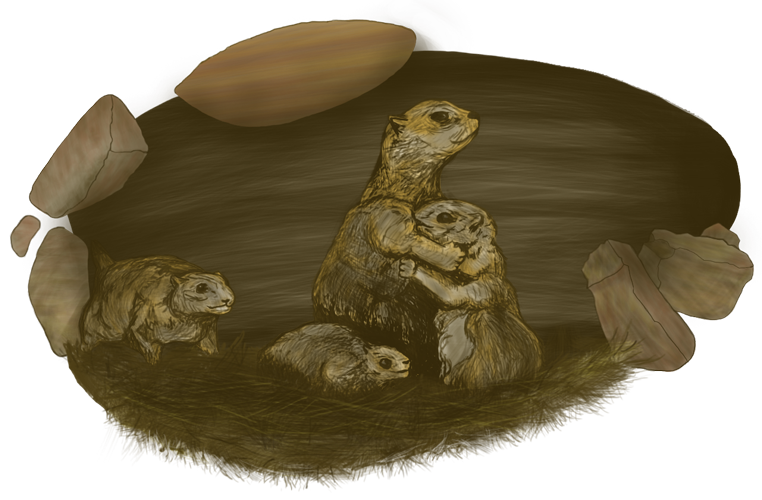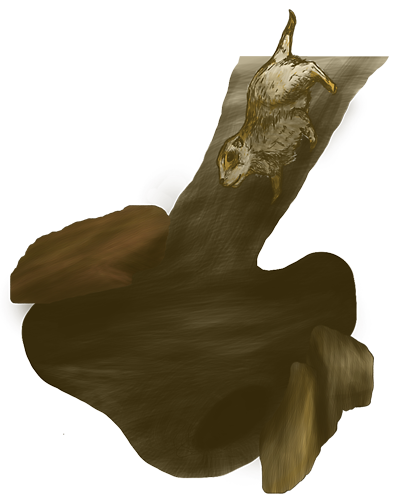Wildlife Corridors in the Flagstaff Region

As the human population grows in the Flagstaff region, we increase the impact of transportation corridors (such as roads and rails) and land use changes (such as urban and rural development) on wildlife populations. The frequent result of these activities is habitat fragmentation, which creates barriers to animal movement within previously unfragmented blocks of habitat. Promoting wildlife habitat connectivity will help:
- improve human safety by reducing vehicular collisions with wildlife;
- maintain the ability of animals to access necessary resources for survival and reproduction;
- allow for wildlife movement between populations;
- allow for seasonal migration;
- enable population movements in response to climate change;
- and prevent genetic isolation of wildlife populations.
Loss of habitat connectivity is not inevitable, as long as the needs of wildlife are cooperatively addressed early in the transportation and development planning process.
To that end, the City of Flagstaff and Coconino County requested wildlife corridor information from the Arizona Game and Fish Department to be evaluated as part of the Flagstaff Regional Land Use and Transportation Plan Updates, as well as the Zoning Code Update. The information provided includes a map and brief description of sustainable wildlife corridors as well as travel mitigation areas. Corridors and travel mitigation areas are described in terms of the habitats they connect or fragment (respectively), the species that need them, and the barriers that threaten them. Corridors are based on known or assumed wildlife movement patters. Travel migitation areas are based on a 500-meter “road effect zone” (Forman and Deblinger 2000). Data used to develop the map are derived from expert-based input collected during the 2001 Flagstaff Regional Land Use and Transportation Plan – Urban Open Spaces Plan, the 2004 Coconino County Comprehensive Plan Wildlife Working Group, and the 2009 Coconino County Wildlife Linkages Project (in progress).
Read the full report: Sustainable Wildlife Corridors in the Flagstaff Region
A Message to Humans

"I used to be a city fellow. I grew up with the city noises of cars and trains and machines and humans. My family lived close to downtown Flagstaff not far from the railroad tracks along Route 66. What a busy, frightening place it was."
Read My Letter to You












